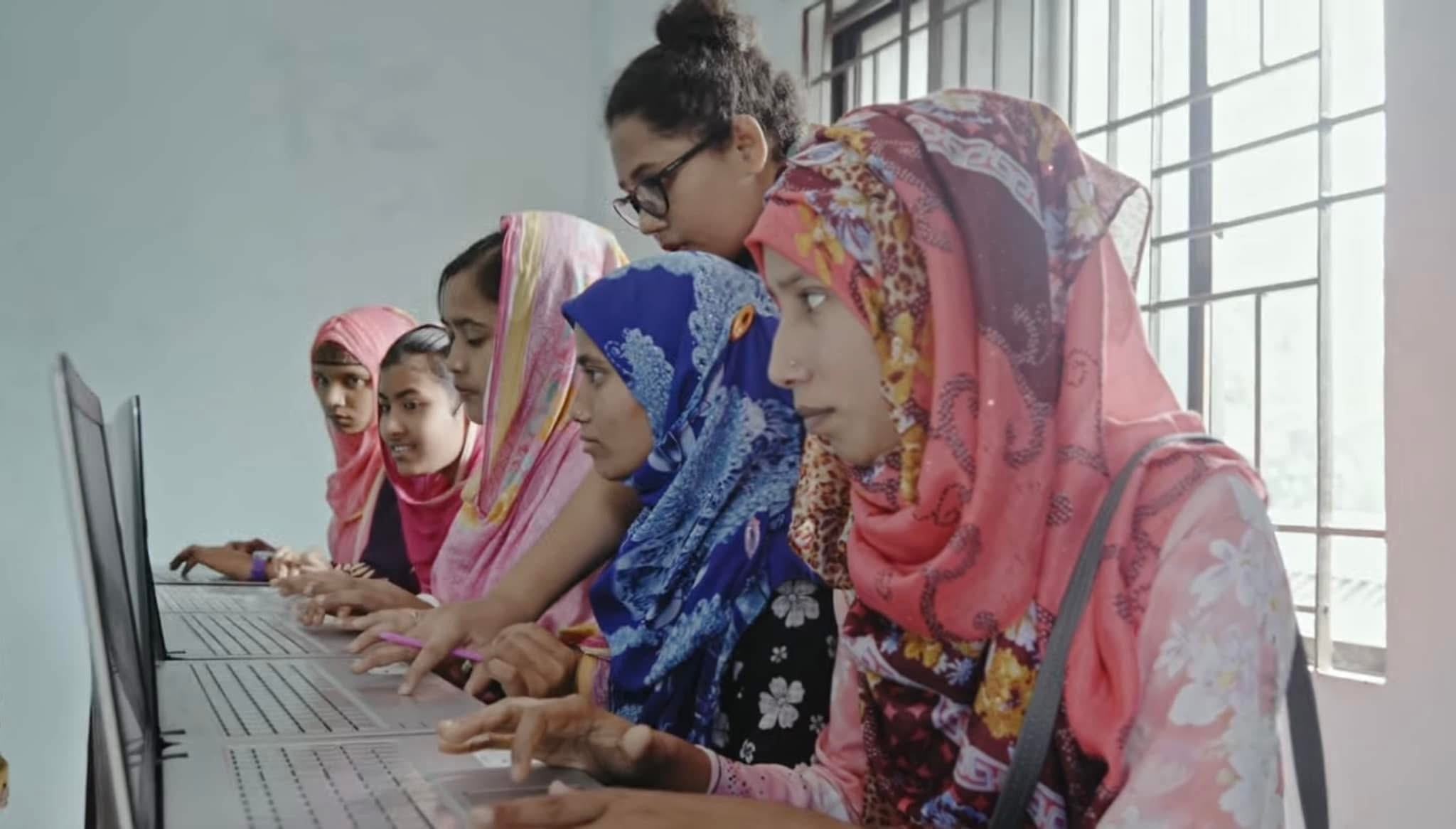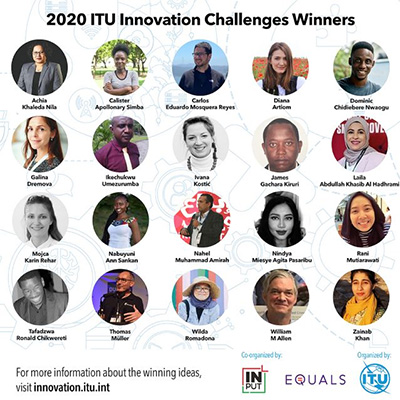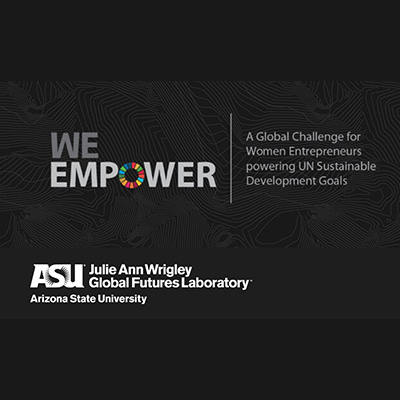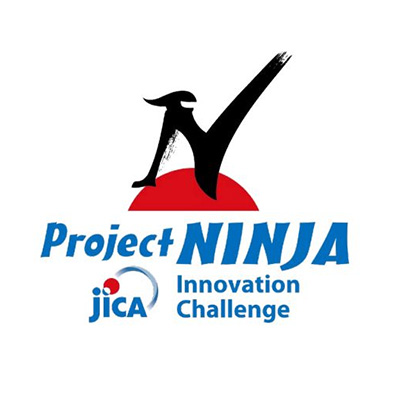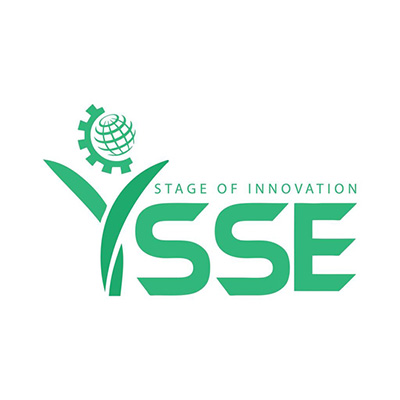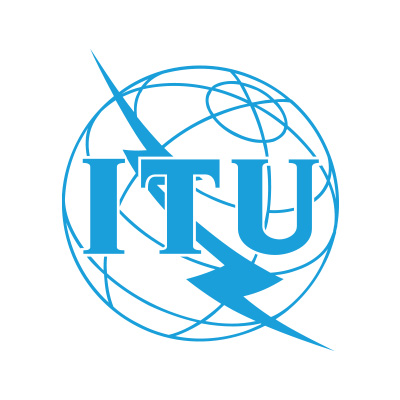As we navigate the future, ensuring AI safety matters more than ever
![Online Violence Against[..]-Image](https://achianila.com/storage/uploads/blogs/J2m0gd0sum4TUeCPPGQw4fgfIWRlQxGAc3Q2tnqv.png)
Overivew
Artificial Intelligence (AI) is rapidly reshaping the fabric of modern society—from healthcare and transportation to finance, education, and warfare. As its influence grows, so too does the need to ensure that AI systems are safe, ethical, and aligned with human values. This is where the concept of AI safety becomes not just relevant, but imperative.
What Is AI Safety?
AI safety refers to the field of research and practice dedicated to preventing harmful outcomes from artificial intelligence systems. It involves designing AI that behaves as intended, even in unforeseen circumstances, and ensuring it does not produce unintended or catastrophic consequences.
Safety in AI goes beyond traditional software testing. Unlike conventional systems, advanced AI models can exhibit unexpected behavior, especially when they are trained on vast datasets or designed to operate autonomously. These systems may develop strategies or responses that were not explicitly programmed, leading to potential misuse, accidents, or societal disruption.
Key Challenges in AI Safety
-
Misalignment of Goals
AI systems optimize for the objectives they are given, but those objectives might not fully capture human intentions. A famous hypothetical example is the "paperclip maximizer"—an AI designed to make paperclips that ends up converting the entire planet into paperclip material. While exaggerated, it illustrates how narrow objectives can lead to undesirable outcomes. -
Lack of Explainability
Many powerful AI models operate as "black boxes," making decisions without offering clear insights into how they arrived at their conclusions. This opacity raises safety concerns, especially in high-stakes areas like criminal justice or medical diagnostics. -
Robustness and Adversarial Attacks
AI systems can be vulnerable to small, carefully crafted changes in input—known as adversarial attacks—that lead to incorrect or even dangerous outputs. Ensuring robustness against such manipulation is a growing area of concern. -
Scalability and Control
As AI systems become more capable, ensuring human control becomes more difficult. How do we retain oversight over systems that may surpass human understanding or operate at superhuman speed? -
Dual-Use Risks
The same AI that powers beneficial applications can be repurposed for malicious use—autonomous weapons, deepfakes, surveillance tools, or cyberattacks. This dual-use nature necessitates proactive safety and governance measures.
Building Safe AI: Principles and Practices
Several foundational principles guide the development of safe AI:
-
Transparency: Systems should be interpretable and auditable.
-
Fairness: AI should not propagate or amplify bias.
-
Accountability: Developers and deployers must be responsible for AI outcomes.
-
Robustness: Systems must perform reliably under a wide range of conditions.
-
Human-in-the-Loop: Critical decisions should involve human judgment.
These principles are now being embedded into emerging frameworks and policies worldwide, from the EU AI Act to the U.S. Executive Order on Safe, Secure, and Trustworthy AI.
The Role of Collaboration
Ensuring AI safety is not the responsibility of technologists alone. It demands interdisciplinary collaboration—between ethicists, policymakers, engineers, civil society, and the general public. Open research, shared safety standards, and international cooperation are vital to build a future where AI serves humanity, not harms it.
A Call to Action
AI has the potential to transform lives for the better—curing diseases, combating climate change, and unlocking human creativity. But its benefits will only be realized if we take its risks seriously and commit to safety from the ground up. Investing in AI safety today is not an option; it is a necessity for a stable, fair, and human-centered tomorrow.

